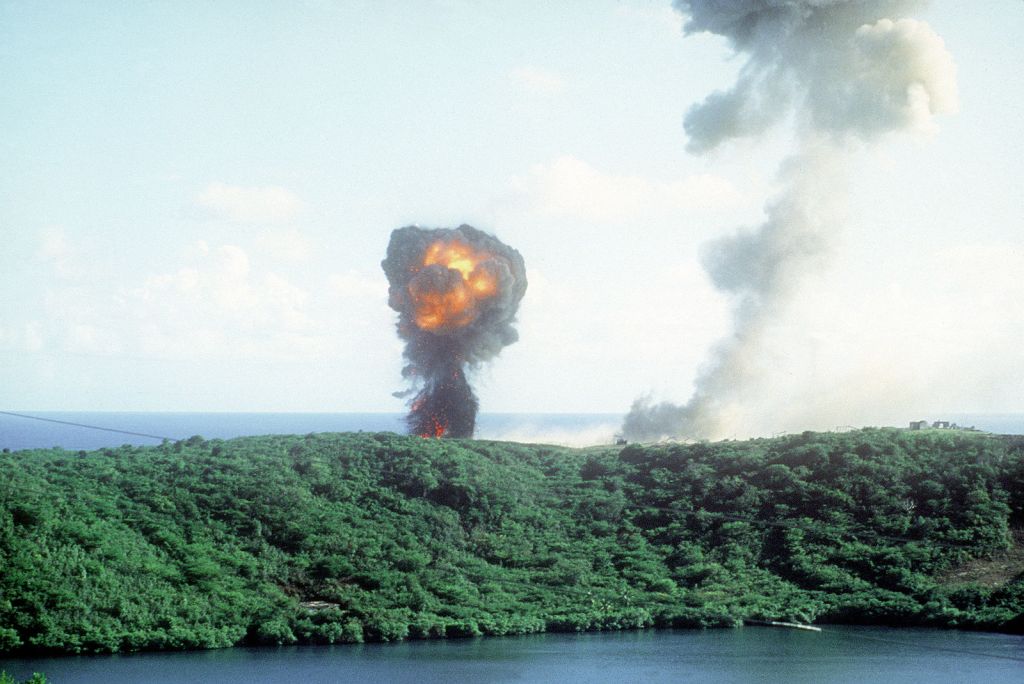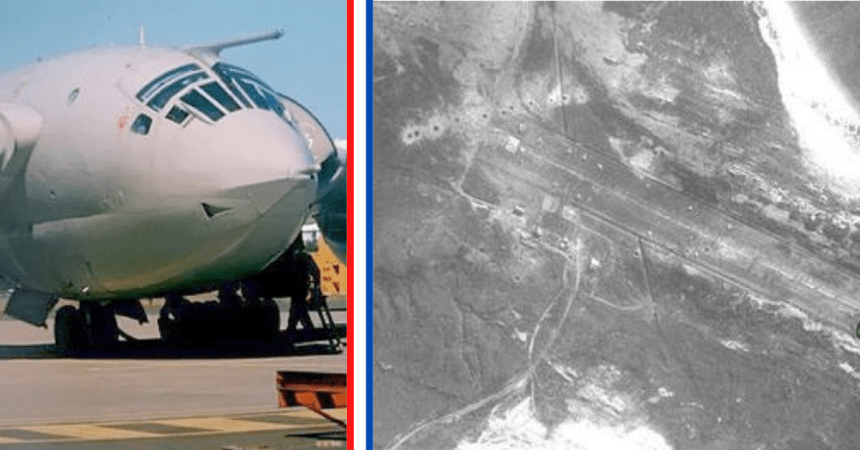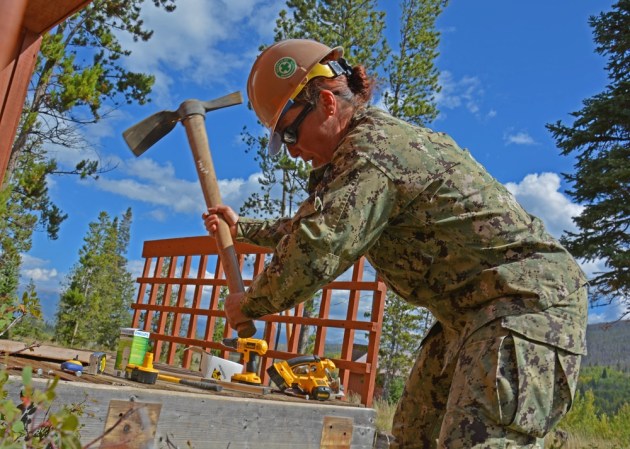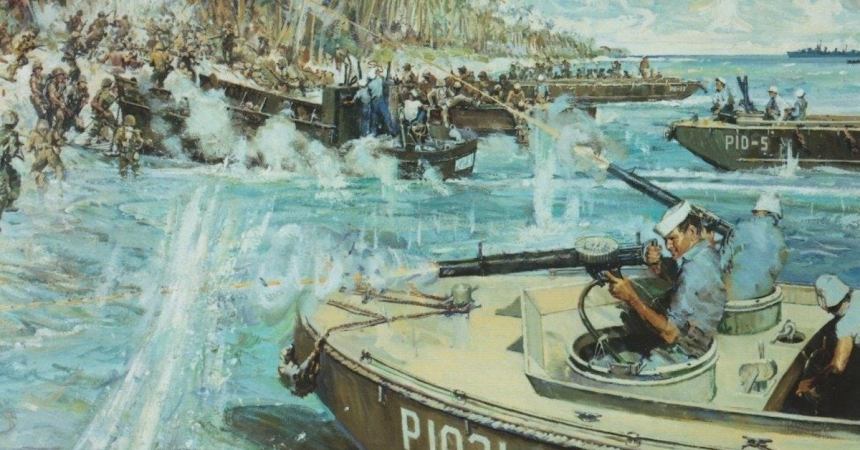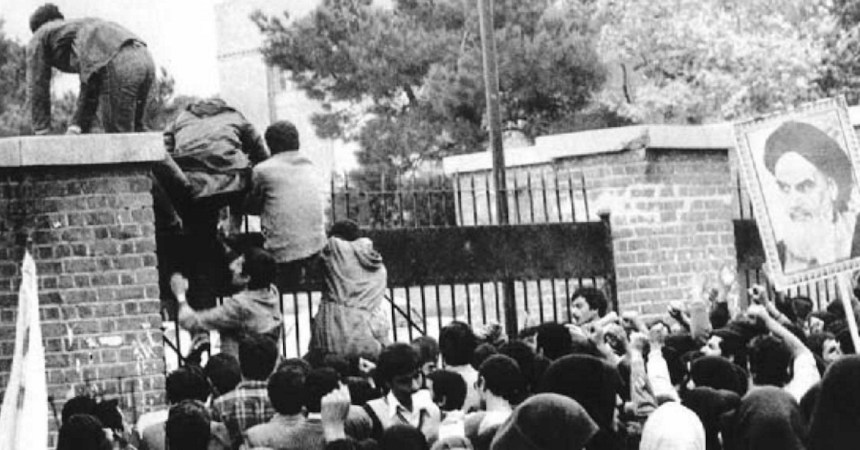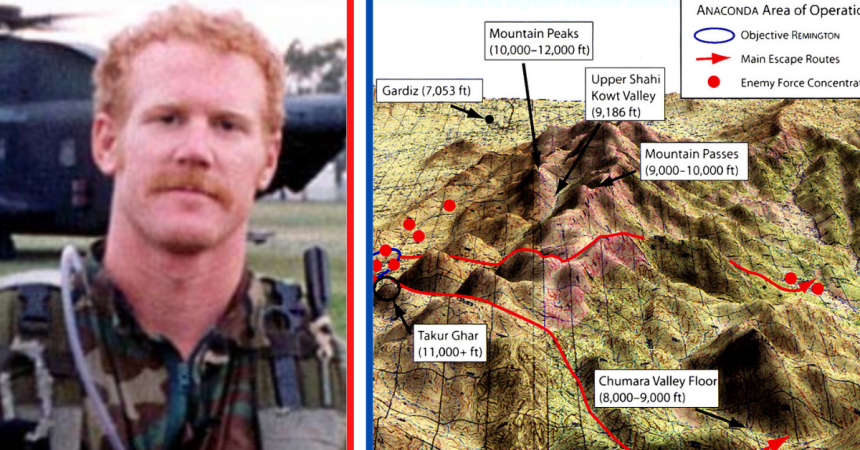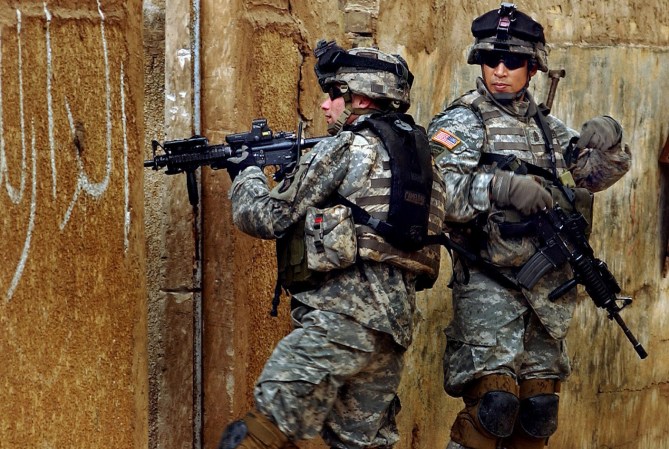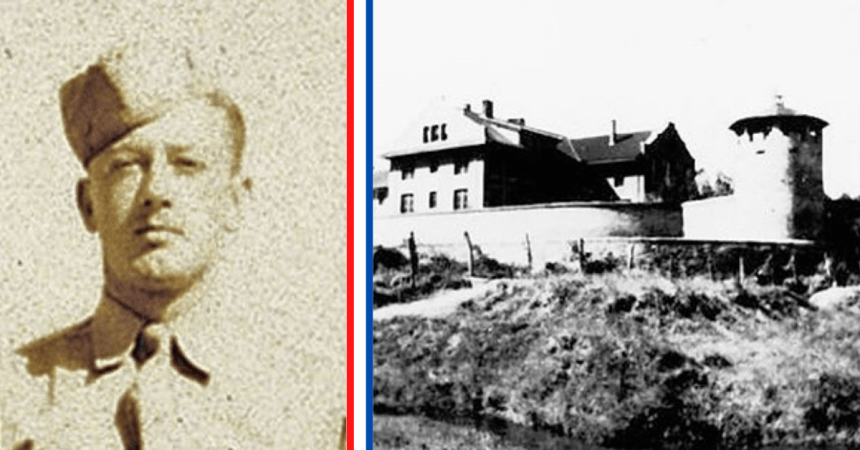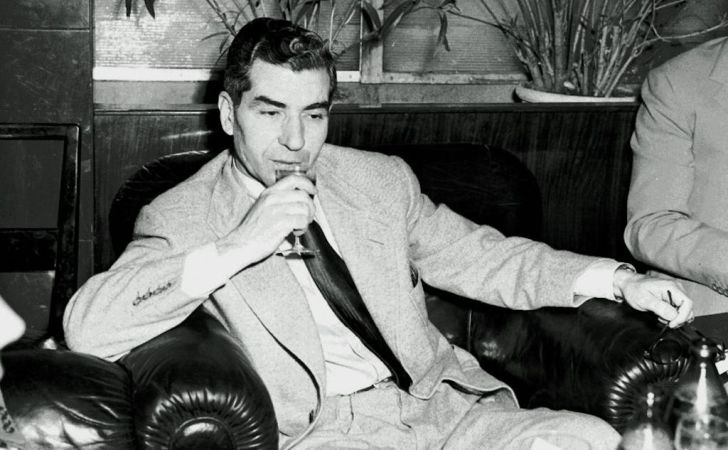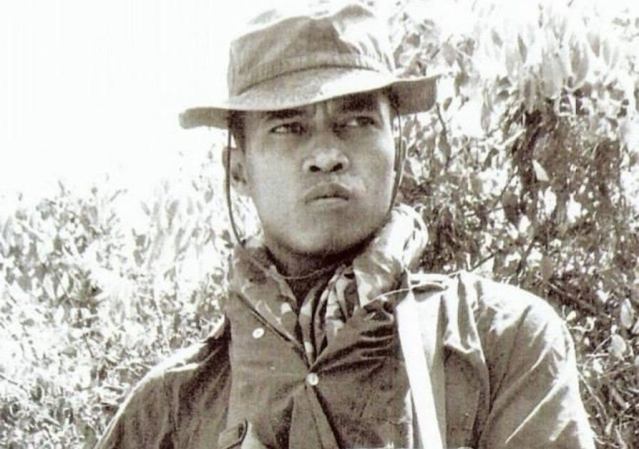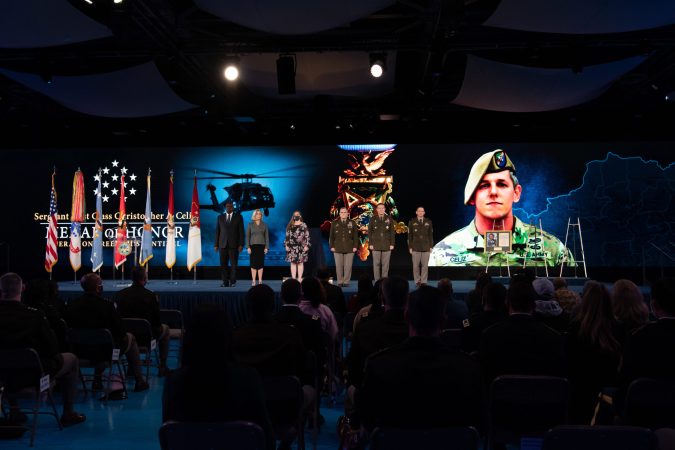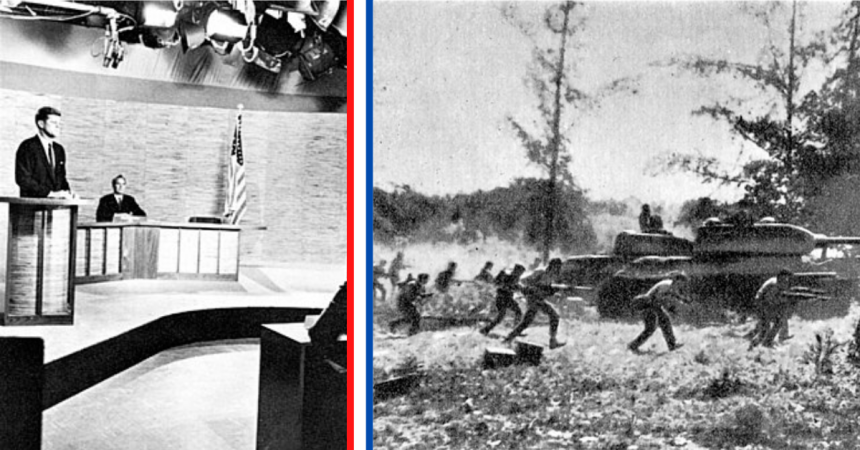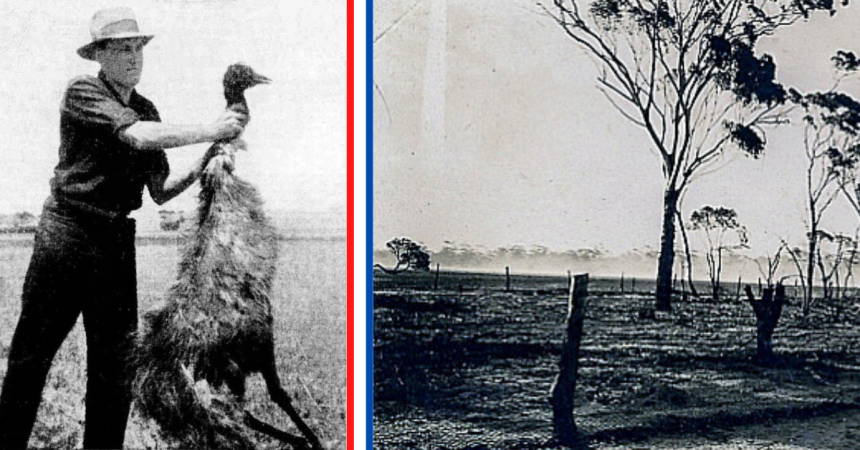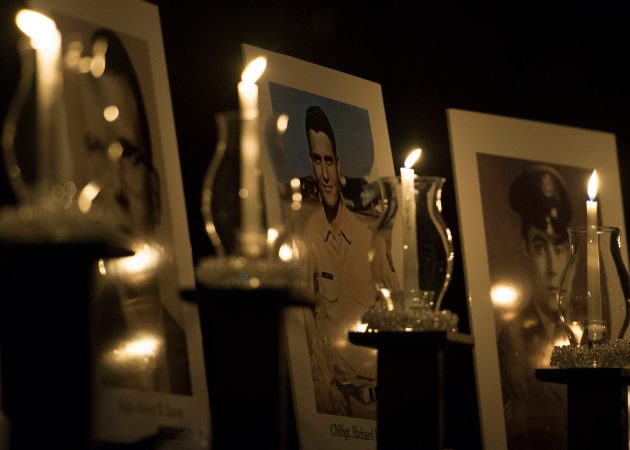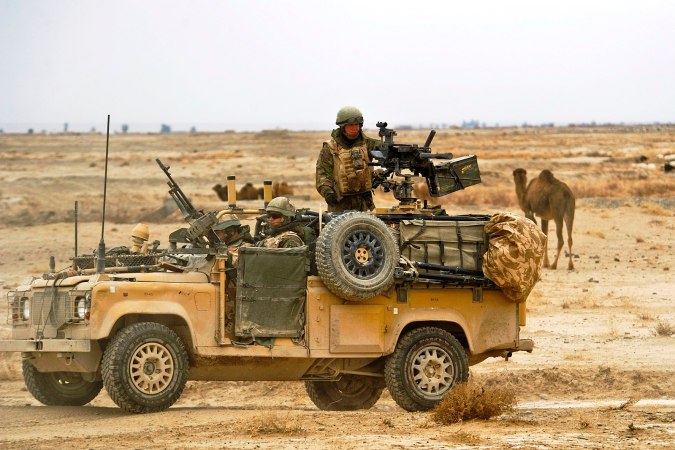The night was dark, the moon obscured by clouds, but the island nation of Grenada was illuminated by the fiery flashes of gunfire and the deafening roar of explosions. It was the evening of October 25th, 1983, and Operation Urgent Fury was underway. While many consider this to be a major military blunder, it’s also a testament to grit and determination.
Despite landing Rangers on the island in the middle of the day, the mission of Operation Urgent Fury was clear. Rescue American students studying there and restore order to the troubled nation.
The story of this operation is one of grit, determination, and bravery in the face of overwhelming odds. It’s a tale of a few against the many, a tale of valor and triumph in the midst of chaos and uncertainty. It’s also a tragic tale of loss. All told, 19 American service members lost their lives, while 116 were wounded. Additionally, about 60 Grenadian soldiers and 24 Cuban military personnel were also killed.
Here’s what happened.
A Nation in Turmoil
Grenada is a small island nation in the Caribbean, with a population of just over 100,000 people. However, the country was in turmoil in the early 1980s. For a time, there was a Marxist-Leninist government in power, supported by Cuba and the Soviet Union. The government had taken control of the country in a coup d’état in 1979. That’s also when the American government started paying close attention to what was happening on the island.
In 1983, the situation reached a boiling point. A faction government, led by Bernard Board, a Marxist, overthrew the Prime Minister and the cabinet. The new government called the Revolutionary Military Council, was even more radical and repressive than the previous one. Protests erupted everywhere and violence escalated. President Ronald Reagan ordered 2,000 service members to the island. Meanwhile, the American government was keeping eyes on the situation as many were worried about the safety of American students studying at the St. George’s University School of Medicine on the island.

Planning the Mission
Once Board came to power, Reagan authorized the invasion, and planning began immediately. The operation involved a joint task force of Army, Navy, and Marine Corps personnel, including Special Forces. However, challenges quickly unfolded, since none of the DoD’s agencies could work together.
The plan called for a two-phase operation. First, a rapid insertion of service members deployed to secure the airfield at Point Salines. Next, a larger force would follow to clear the island of enemy troops and secure the safety of American students.
One of the most challenging aspects of Operation Urgent Fury was the fact that there wasn’t much intel about the island available. Military planners used old tourist maps to determine their best entry and egress routes.
The SF service members gathered intelligence on the island’s economy and infrastructure using a copy of The Economist magazine. Afterward, they underwent rapid but intense training in urban warfare and close-quarters combat. Additionally, they extensively practiced for the operation.
Grenada invaded by U.S.
As the moon disappeared behind a bank of clouds, the military launched the first phase of the operation. A force of 700 troops, mostly Special Forces, was inserted by helicopter and amphibious assault onto the airfield at Point Salines. Within hours, the airfield was secured.
But that was only the start of Operation Urgent Fury.
The second phase of the operation was more challenging. Service members immediately encountered fierce resistance from the Grenadian military and the local population.
There were reports of street fighting, sniper fire, and ambushes. The Americans responded with a combination of overwhelming firepower and expert tactics … after calling for air support using a pay phone.
Legend has it that during the invasion, a group of US soldiers were pinned down by enemy fire and had no way to communicate. Some will say a SEAL called Fort Bragg for air support. Others might suggest an Army paratrooper called his wife. There’s even a story that it was an Army officer who used his personal credit card to call command long distance.
No matter who called, someone managed to authorize more firepower, which helped the unit break free from the enemy and secure its position.

Triumph and the Price
Despite the challenges, the military was ultimately successful in its mission. SF service members cleared the island of enemy forces and secured the safety of American students. The operation lasted for a total of eight days, and it was hailed as a resounding success by the US government. Some of the American public was less than enthused, as this military operation came on the heels of the disaster in Lebanon, where 240 service members died.
However, the victory came at a cost.
Nineteen American soldiers were killed, and over 100 were wounded. There were also casualties among the Grenadian military and the local population, although exact figures are disputed. The operation was controversial, with some critics questioning the legality of the invasion and the level of force used by the military.
The Legacy
Operation Urgent Fury is a significant point in modern military history, showcasing the skill, expertise, and bravery of Special Forces in combat. It was a daring mission that pushed the boundaries of what was possible in military operations, and it highlighted the importance of covert planning and execution.
The operation also had a lasting impact on the Caribbean region. It brought to attention the complex and often challenging relationship between America and its southern neighbors. It raised important questions about the limits of military intervention and the consequences of using force to achieve political objectives. The controversy surrounding the invasion led to a review of military doctrine and policy, and it prompted a reevaluation of US foreign policy in the region.


